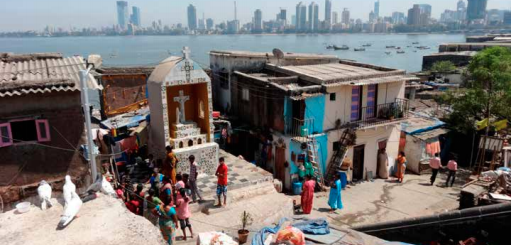Measuring Urbanization around a Regional Capital: The Case of Bhopal District
- AuthorAnima Gupta
- PublisherInstitut Français de Pondichéry / Centre de Sciences Humaines
- Year :2013
- Pages :76 p.
- SeriesUSR 3330 “Savoirs et Mondes Indiens” Working papers series n°6. SUBURBIN Papers Series n°1
- Price :(Not for sale). Available online at http://hal.archives-ouvertes.fr/hal-00784183
- ISBN :—
Many villages in India seem to possess urban characteristics. The Indian definition of urban area is restrictive and excludes numerous localities. This paper consequently explores what is potentially an urban area. A literature review of various definitions of the notion of urban and urbanity enables to develop indicators susceptible to enter a multi-dimensional approach going beyond the census definitions. It suggests a palette of indicators (demographic, social, economic, spatial, infrastructural and administrative) to categorize rural and urban localities. This methodological tool is then applied to a set of eight villages around Bhopal, the capital of Madhya Pradesh. The study identified two types of urban areas, those under the influence of Bhopal (suburban type) and those with a large degree of autonomy (growth-centre type). The results show that even in a sub-metropolitan environment, localities are very diverse and that factors of transformation depend on multiple factors ranging from accessibility and location to situated historical capital. Finally, this working paper demonstrates that studying urbanization only within the Census classified urban local units is certainly limiting and a broader approach may help us better understand the spread of urban characteristics in India even in small settlements and micro agglomerations.








